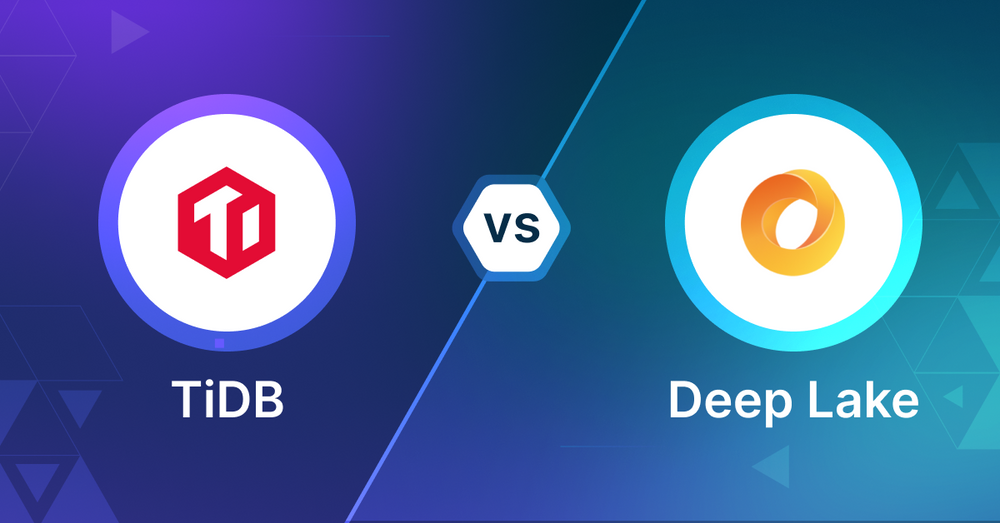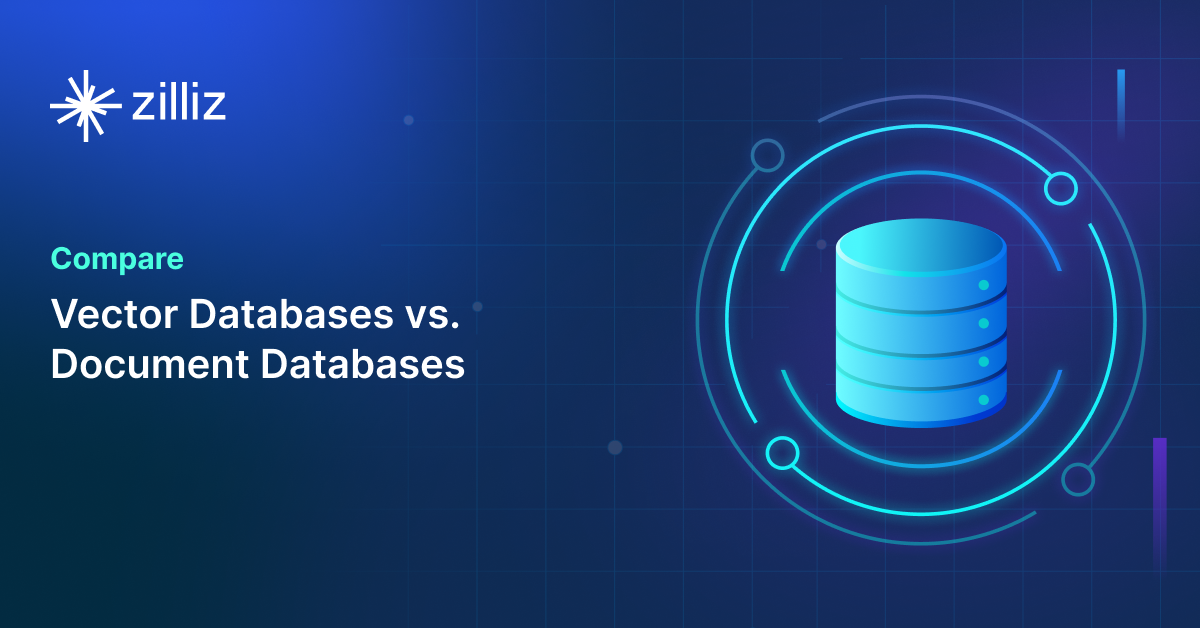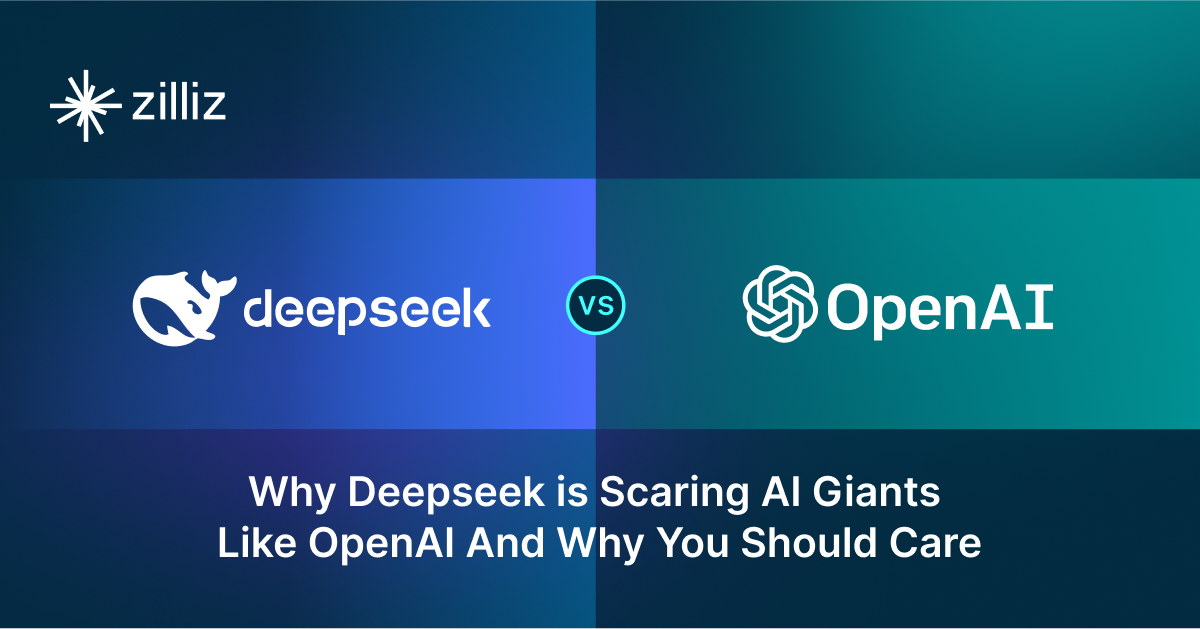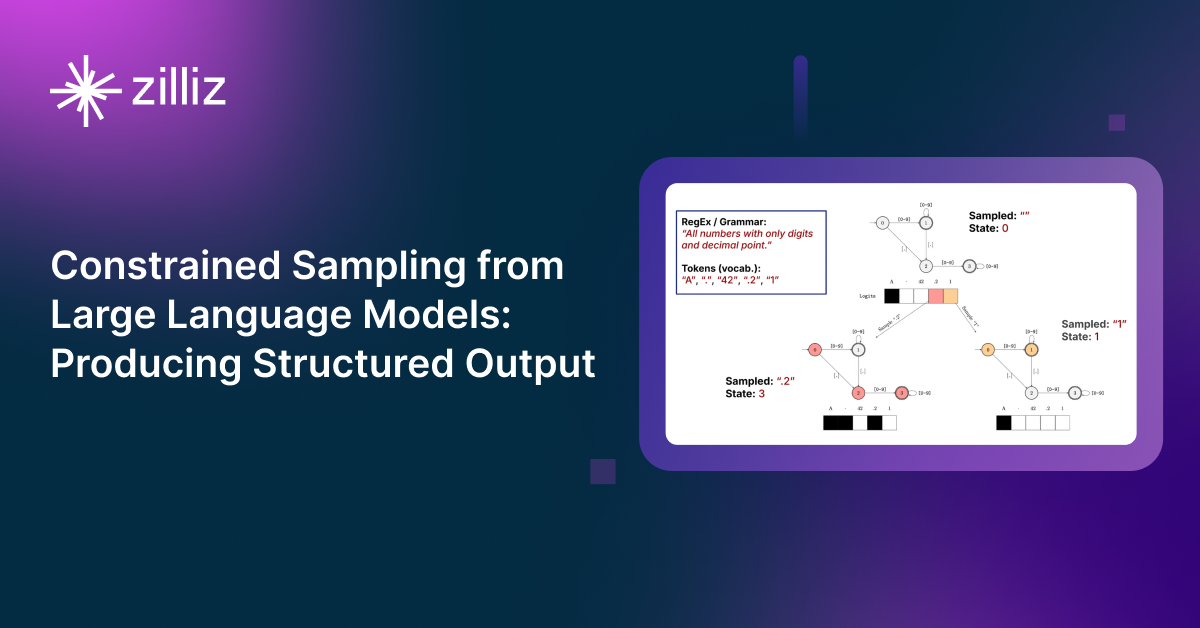TiDB vs Deep Lake Choosing the Right Vector Database for Your AI Apps

What is a Vector Database?
Before we compare TiDB and Deep Lake, let's first explore the concept of vector databases.
A vector database is specifically designed to store and query high-dimensional vectors, which are numerical representations of unstructured data. These vectors encode complex information, such as the semantic meaning of text, the visual features of images, or product attributes. By enabling efficient similarity searches, vector databases play a pivotal role in AI applications, allowing for more advanced data analysis and retrieval.
Common use cases for vector databases include e-commerce product recommendations, content discovery platforms, anomaly detection in cybersecurity, medical image analysis, and natural language processing (NLP) tasks. They also play a crucial role in Retrieval Augmented Generation (RAG), a technique that enhances the performance of large language models (LLMs) by providing external knowledge to reduce issues like AI hallucinations.
There are many types of vector databases available in the market, including:
- Purpose-built vector databases such as Milvus, Zilliz Cloud (fully managed Milvus)
- Vector search libraries such as Faiss and Annoy.
- Lightweight vector databases such as Chroma and Milvus Lite.
- Traditional databases with vector search add-ons capable of performing small-scale vector searches.
TiDB is a traditional database with vector search as an add-on and Deep Lake is a data lake optimized for vector embeddings. This post compares their vector search capabilities.
TiDB: Overview and Core Technology
TiDB, developed by PingCAP, is an open-source, distributed SQL database that offers hybrid transactional and analytical processing (HTAP) capabilities. It is MySQL-compatible, making it easy to adopt for teams already familiar with the MySQL ecosystem. TiDB's distributed SQL architecture provides horizontal scalability like NoSQL databases while retaining the relational model of SQL databases, making it highly flexible for handling both transactional and analytical workloads.
One of TiDB's core strengths is its HTAP architecture, which allows it to process transactional (OLTP) and analytical (OLAP) workloads in a single database, reducing the need for separate systems. Additionally, TiDB's MySQL compatibility makes it easy to integrate into existing environments that rely on MySQL without significant changes to the application code. The database also features auto-sharding, automatically distributing data across nodes to improve read and write performance while maintaining strong consistency.
TiDB supports vector search through integration with external libraries and plugins, enabling efficient management and querying of vectorized data. This feature, combined with TiDB's HTAP architecture, makes it a versatile option for businesses needing vector search capabilities alongside transactional and analytical workloads. The distributed architecture of TiDB allows it to handle large-scale vector queries once the necessary configurations are in place.
While including vector search functionalities in TiDB requires additional configuration, the system's SQL compatibility allows developers to combine vector search with traditional relational queries. This flexibility makes TiDB suitable for complex applications that require both vector search and relational database capabilities, offering a comprehensive solution for diverse data management needs.
DeepLake: Overview and Core Technology
Deep Lake is a specialized database built for handling vector and multimedia data—such as images, audio, video, and other unstructured types—widely used in AI and machine learning. It functions as both a data lake and a vector store:
- As a Data Lake: Deep Lake supports the storage and organization of unstructured data (images, audio, videos, text, and formats like NIfTI for medical imaging) in a version-controlled format. This setup enhances performance in deep learning tasks. It enables fast querying and visualization of datasets, making it easier to create high-quality training sets for AI models.
- As a Vector Store: Deep Lake is designed for storing and searching vector embeddings and related metadata (e.g., text, JSON, images). Data can be stored locally, in your cloud environment, or on Deep Lake’s managed storage. It integrates seamlessly with tools like LangChain and LlamaIndex, simplifying the development of Retrieval Augmented Generation (RAG) applications.
Deep Lake uses the Hierarchical Navigable Small World (HNSW) index, based on the Hnswlib package with added optimizations, for Approximate Nearest Neighbor (ANN) search. This allows querying over 35 million embeddings in less than 1 second. Unique features include multi-threading for faster index creation and memory-efficient management to reduce RAM usage.
By default, Deep Lake uses linear embedding search for datasets with up to 100,000 rows. For larger datasets, it switches to ANN to balance accuracy and performance. The API allows users to adjust this threshold as needed.
Although Deep Lake’s index isn't used for combined attribute and vector searches (which currently rely on linear search), upcoming updates will address this limitation to improve its functionality further.
Deep Lake as a Vector Store: Deep Lake provides a robust solution for storing and searching vector embeddings and their associated metadata, including text, JSON, images, audio, and video files. You can store data locally, in your preferred cloud environment, or on Deep Lake's managed storage. Deep Lake also offers seamless integration with tools like LangChain and LlamaIndex, allowing developers to easily build Retrieval Augmented Generation (RAG) applications.
Key Differences
Search Methodology
TiDB: TiDB supports vector search through external libraries and plugins. It supports approximate nearest neighbor (ANN) search with libraries like Hnswlib or Faiss. But this is not a native feature and requires extra configuration which may not be suitable for users who want a plug-and-play solution.
Deep Lake: Deep Lake uses HNSW index for ANN search, optimized for high speed querying of large scale embeddings. It’s native to vector based applications so minimal setup for search even on datasets with over 35 million embeddings.
Data
TiDB: TiDB is good at structured and semi-structured data. It supports hybrid transactional and analytical workloads (HTAP) so you can do OLTP and OLAP at the same time. It can manage vector data through plugins but its primary focus is on relational data.
Deep Lake: Deep Lake is optimized for unstructured and multimedia data, images, videos, text. It combines version control and vector database, so it’s suitable for deep learning and AI applications that deal with diverse and complex data.
Scalability
TiDB: TiDB’s distributed architecture and auto-sharding can scale horizontally across nodes, handle large data and workload efficiently. But scaling vector search depends on the external libraries used.
Deep Lake: Deep Lake is designed for high performance with unstructured data. Its ANN implementation is highly optimized, and features like multi-threading and memory efficient index creation ensures performance at scale.
Flexibility and Customization
TiDB: TiDB’s SQL compatibility allows for a lot of customization through relational queries, combining traditional SQL operations with vector search. This is useful for complex applications that mix structured and vector data.
Deep Lake: Deep Lake has an embeddable API for search, visualization and dataset versioning. It doesn’t have combined attribute and vector search out of the box, but we are working on it.
Integration and Ecosystem
TiDB: TiDB integrates well with MySQL based ecosystem and many data tools. Its MySQL compatibility makes it easy for developers who are familiar with traditional RDBMS.
Deep Lake: Deep Lake integrates with machine learning frameworks like PyTorch, TensorFlow and tools like LangChain and LlamaIndex. These integrations makes it highly suitable for AI and RAG workflows.
Ease of Use
TiDB: TiDB’s setup is relatively simple if you are familiar with MySQL. But adding vector search capability requires extra configuration of external plugins which may add complexity to the deployment.
Deep Lake: Deep Lake’s API is developer friendly, with clear documentation. Its focus on machine learning workflows means minimal configuration is required to start with vector search.
Pricing
TiDB: TiDB’s cost depends on the infrastructure it runs on and the scale of the deployment. There may be extra cost for vector search plugins.
Deep Lake: Deep Lake offers managed storage and search, which can simplify the cost planning. But running it on local or cloud environment will incur cost based on storage and computational requirements.
Security
TiDB: TiDB has robust security features including encryption, authentication and access control suitable for enterprise.
Deep Lake: Deep Lake has encryption for data storage and role based access control. Its managed service includes default security configuration but may vary based on local deployment.
When to Choose TiDB
TiDB is a good fit for teams that need a hybrid transactional and analytical processing (HTAP) database with strong SQL. Since it’s MySQL compatible, it’s a natural choice for teams already using MySQL based systems. Use TiDB if your workload has large scale structured or semi-structured data with vector search, especially when you need to integrate relational queries with vector search. Its distributed architecture and auto-sharding ensures performance for transactional and analytical applications across horizontally scaled systems.
When to Choose Deep Lake
Deep Lake is good for AI and machine learning projects that have a lot of unstructured data such as images, audio and video. Its native support for vector embeddings and integration with ML frameworks like PyTorch and TensorFlow makes it a good fit for building retrieval-augmented generation (RAG) applications and managing multimedia datasets. If you need high-speed, approximate nearest neighbor (ANN) search with minimal config and support for complex, version controlled datasets, Deep Lake is the simplest and most efficient solution.
Conclusion
TiDB is a distributed, SQL compatible database for structured data and combining relational queries with vector search, good for hybrid workloads in enterprise. Deep Lake is for unstructured data and a developer friendly platform for AI/ML workflows and vector based applications. Choose between them based on your use case, the type of data you have and the performance requirements of your applications. Each has its own strengths, so pick the one that fits your project’s core needs.
Read this to get an overview of TiDB and Deep Lake but to evaluate these you need to evaluate based on your use case. One tool that can help with that is VectorDBBench, an open-source benchmarking tool for vector database comparison. In the end, thorough benchmarking with your own datasets and query patterns will be key to making a decision between these two powerful but different approaches to vector search in distributed database systems.
Using Open-source VectorDBBench to Evaluate and Compare Vector Databases on Your Own
VectorDBBench is an open-source benchmarking tool for users who need high-performance data storage and retrieval systems, especially vector databases. This tool allows users to test and compare different vector database systems like Milvus and Zilliz Cloud (the managed Milvus) using their own datasets and find the one that fits their use cases. With VectorDBBench, users can make decisions based on actual vector database performance rather than marketing claims or hearsay.
VectorDBBench is written in Python and licensed under the MIT open-source license, meaning anyone can freely use, modify, and distribute it. The tool is actively maintained by a community of developers committed to improving its features and performance.
Download VectorDBBench from its GitHub repository to reproduce our benchmark results or obtain performance results on your own datasets.
Take a quick look at the performance of mainstream vector databases on the VectorDBBench Leaderboard.
Read the following blogs to learn more about vector database evaluation.
Further Resources about VectorDB, GenAI, and ML
- What is a Vector Database?
- TiDB: Overview and Core Technology
- DeepLake: Overview and Core Technology
- Key Differences
- Using Open-source VectorDBBench to Evaluate and Compare Vector Databases on Your Own
- Further Resources about VectorDB, GenAI, and ML
Content
Start Free, Scale Easily
Try the fully-managed vector database built for your GenAI applications.
Try Zilliz Cloud for FreeKeep Reading

Vector Databases vs. Document Databases
Use a vector database for similarity search and AI-powered applications; use a document database for flexible schema and JSON-like data storage.

Why Deepseek is Waking up AI Giants Like OpenAI And Why You Should Care
Discover how DeepSeek R1's open-source AI model with superior reasoning capabilities and lower costs is disrupting the AI landscape and challenging tech giants like OpenAI.

Producing Structured Outputs from LLMs with Constrained Sampling
Discuss the role of semantic search in processing unstructured data, how finite state machines enable reliable generation, and practical implementations using modern tools for structured outputs from LLMs.
The Definitive Guide to Choosing a Vector Database
Overwhelmed by all the options? Learn key features to look for & how to evaluate with your own data. Choose with confidence.